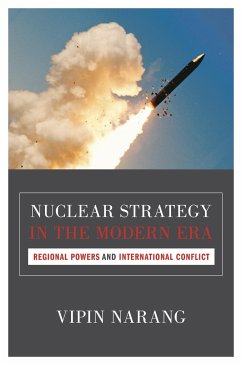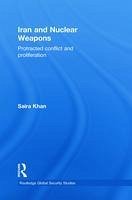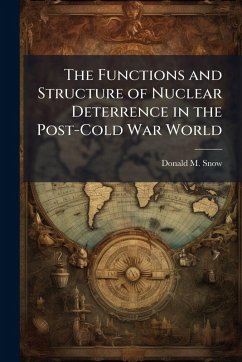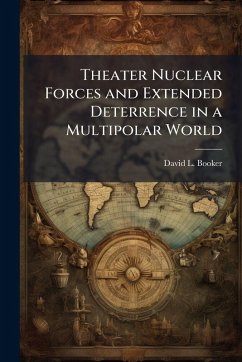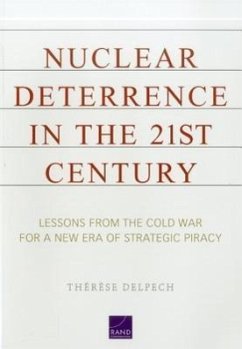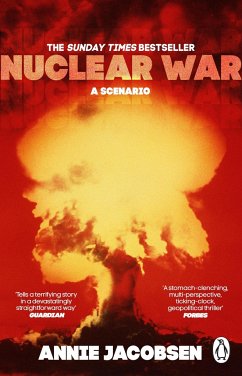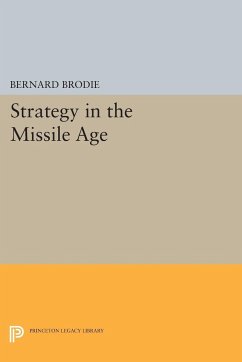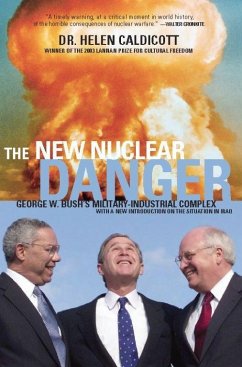
How Low Can You Go? A Study of How the US Strategy to Develop Low-Yield Nuclear Penetrating Weapons Affects the Nuclear Threshold

PAYBACK Punkte
8 °P sammeln!
This thesis analyzes the government's new nuclear strategy with respect to the development of low-yield nuclear weapons. Additionally, this analysis relies on the feasibility, acceptability, and suitability (FAS) methodology for a thorough breakdown of the proposed course of action. Moreover, this paper examines the Truman Decision and the Cuban Missile Crisis under the same methodology to show how the FAS criterion affect threshold decisions. These historical factors, when overlaid with the FAS analysis of the 2002 NPR, show how the development of low-yield nuclear weapons affects the decisio...
This thesis analyzes the government's new nuclear strategy with respect to the development of low-yield nuclear weapons. Additionally, this analysis relies on the feasibility, acceptability, and suitability (FAS) methodology for a thorough breakdown of the proposed course of action. Moreover, this paper examines the Truman Decision and the Cuban Missile Crisis under the same methodology to show how the FAS criterion affect threshold decisions. These historical factors, when overlaid with the FAS analysis of the 2002 NPR, show how the development of low-yield nuclear weapons affects the decision to use nuclear weapons. This work has been selected by scholars as being culturally important, and is part of the knowledge base of civilization as we know it. This work was reproduced from the original artifact, and remains as true to the original work as possible. Therefore, you will see the original copyright references, library stamps (as most of these works have been housed in our most important libraries around the world), and other notations in the work. This work is in the public domain in the United States of America, and possibly other nations. Within the United States, you may freely copy and distribute this work, as no entity (individual or corporate) has a copyright on the body of the work. As a reproduction of a historical artifact, this work may contain missing or blurred pages, poor pictures, errant marks, etc. Scholars believe, and we concur, that this work is important enough to be preserved, reproduced, and made generally available to the public. We appreciate your support of the preservation process, and thank you for being an important part of keeping this knowledge alive and relevant.



